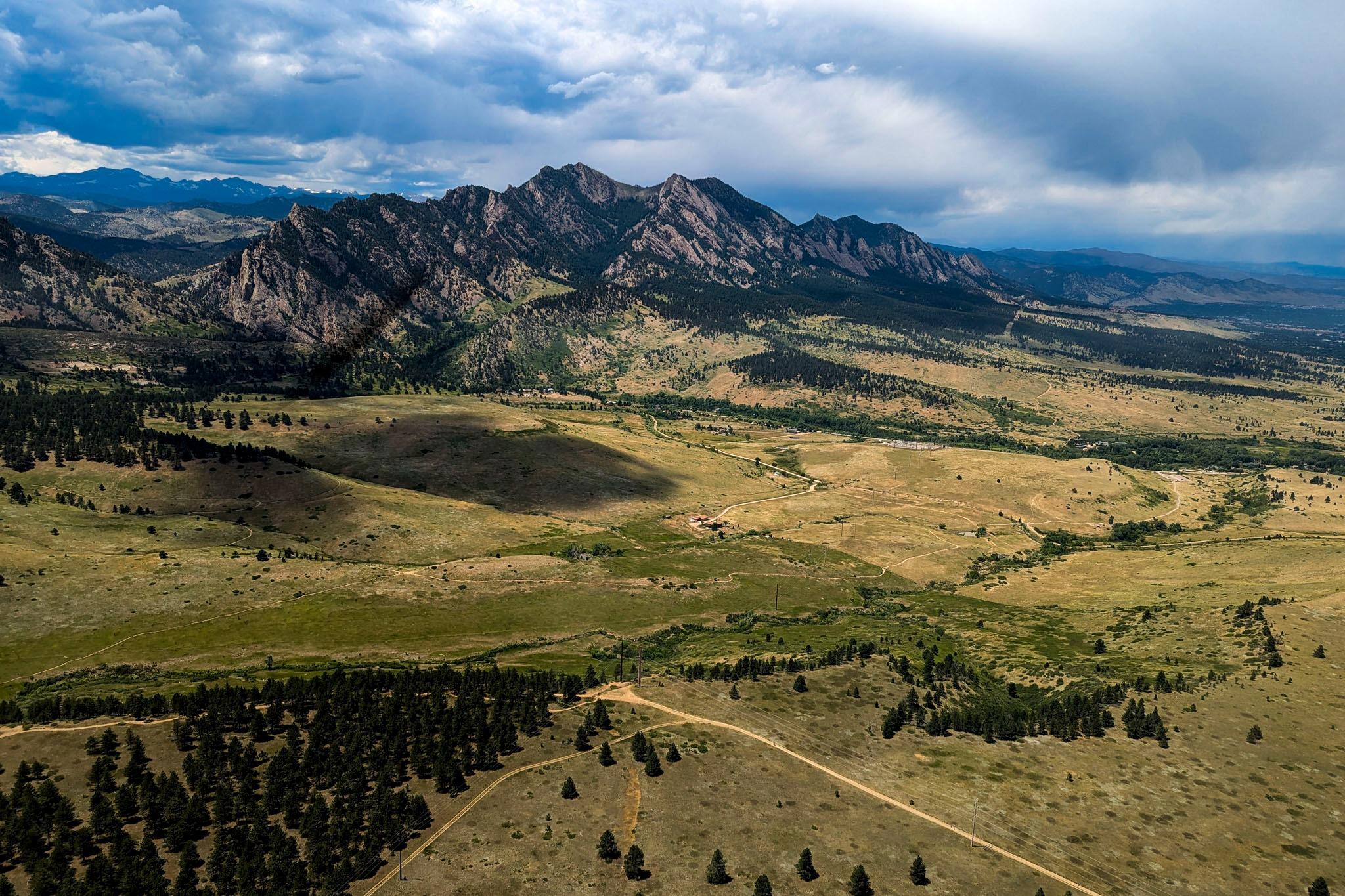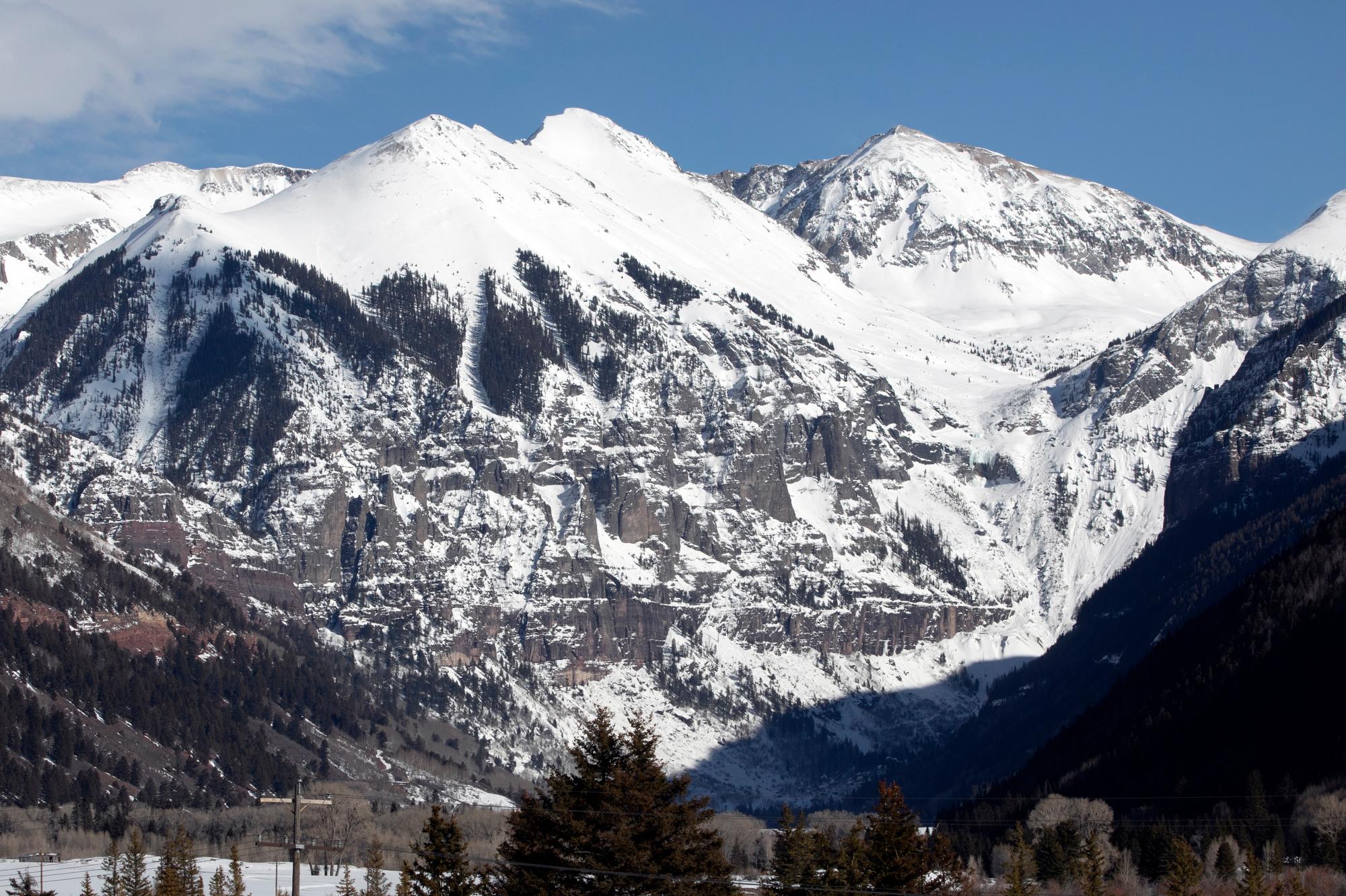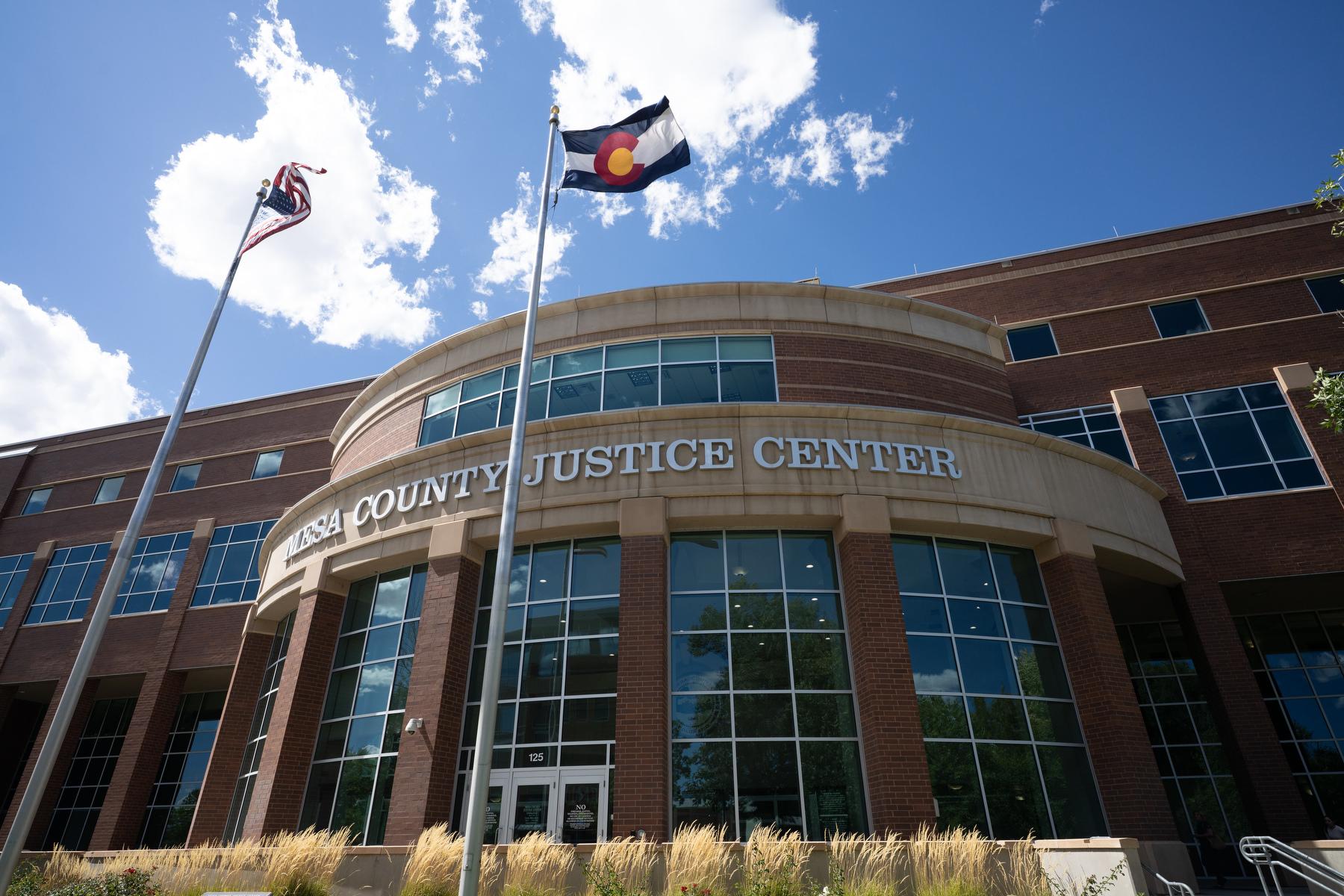Rocky Mountains snowpack that feeds Colorado River water supplies was 20 percent below average in December in some areas, prompting a prediction that the key water source for seven U.S. states could flow at 54 percent of its average volume during the April-July snowpack runoff period.
The Las Vegas Review-Journal reported Wednesday that the conditions issued by the National Weather Service's Colorado Basin River Forecast Center could improve if more snow falls but that winter precipitation so far has been far below normal.
The river is a critical water source for Arizona, California, Colorado, Nevada, New Mexico, Utah and Wyoming.
Lake Mead's surface has dropped more than 130 feet (39 meters) since drought descended on the Colorado in 2000. But the lake that sits upstream from Hoover Dam east of Las Vegas ended 2017 almost 2 feet (0.6 meters) higher than a year ago, as use of Colorado River water by Nevada, Arizona and California hit its lowest level since 1992.
According to preliminary accounting figures from the U.S. Bureau of Reclamation, those three states consumed a combined 6.7 million acre-feet from the river last year, driven by wet conditions in California and widening efforts to curb use in Arizona.
That left enough water in Lake Mead to keep it more than 7 feet (2 meters) above the trigger point for a federal shortage declaration, which would mean mandatory cuts for river users in Nevada and Arizona.
The federal projections released last month called for Lake Mead to finish 2018 roughly 4 feet (1.2 meters) lower than it is now but still safely out of shortage territory. In light of Wednesday's river forecast, the projections for the lake are almost certain to get worse.
Colorado River author and expert John Fleck said the reduction in consumption is impressive considering the population in the areas served by the river has grown by about 7 million people since 1992.
"It's a sign that we are succeeding in using less water in the Lower Colorado Basin," said Fleck, director of the Water Resources Program at the University of New Mexico in Albuquerque.
"It's critical that we're learning to do this, because this isn't enough. . We're going to have to do it more," he told the Review-Journal.
California was able to cut its river use by more than 440,000 acre-feet last year, in large part because of huge snow accumulations in the Sierra Nevada that helped refill the state's drought-depleted reservoirs and above-average precipitation elsewhere that reduced water demand.
Fleck said Arizona cut its river use by almost 360,000 acre-feet mostly to stave off more substantial, mandatory cuts in the future.
"Arizona has been cranking down their use to try to avoid a shortage," he said.
Nevada used about 239,000 acre-feet of its 300,000 acre-foot allocation in 2017, an increase of roughly 2 percent over the previous year.
Bronson Mack, spokesman for the Southern Nevada Water Authority, said water use went up slightly last year because of increased economic activity and the addition of more water customers. Hotter, drier weather also might have played a part, he said.
One acre-foot of water is enough to supply two average for a little more than a year.
Most of Nevada's river water goes to supply about 90 percent of the water consumed by the Las Vegas Valley's 2 million residents and 40 million annual visitors.







